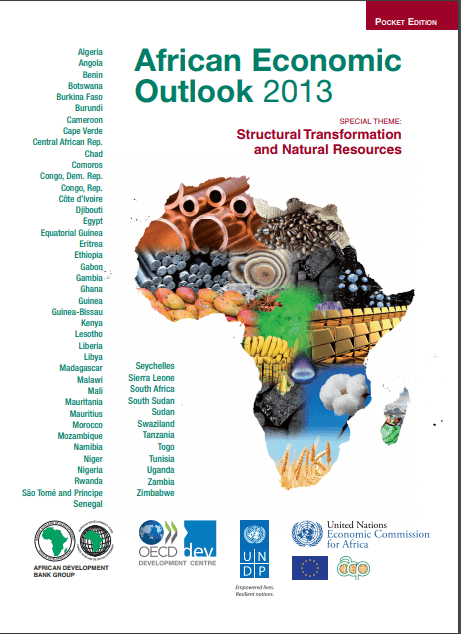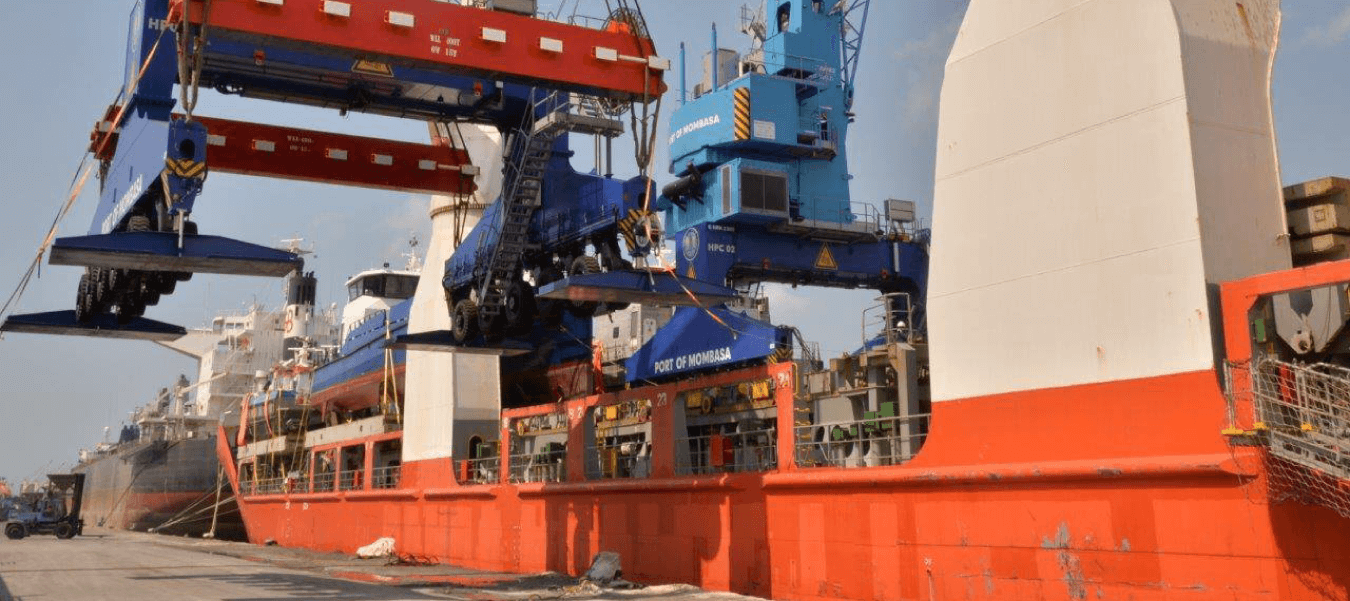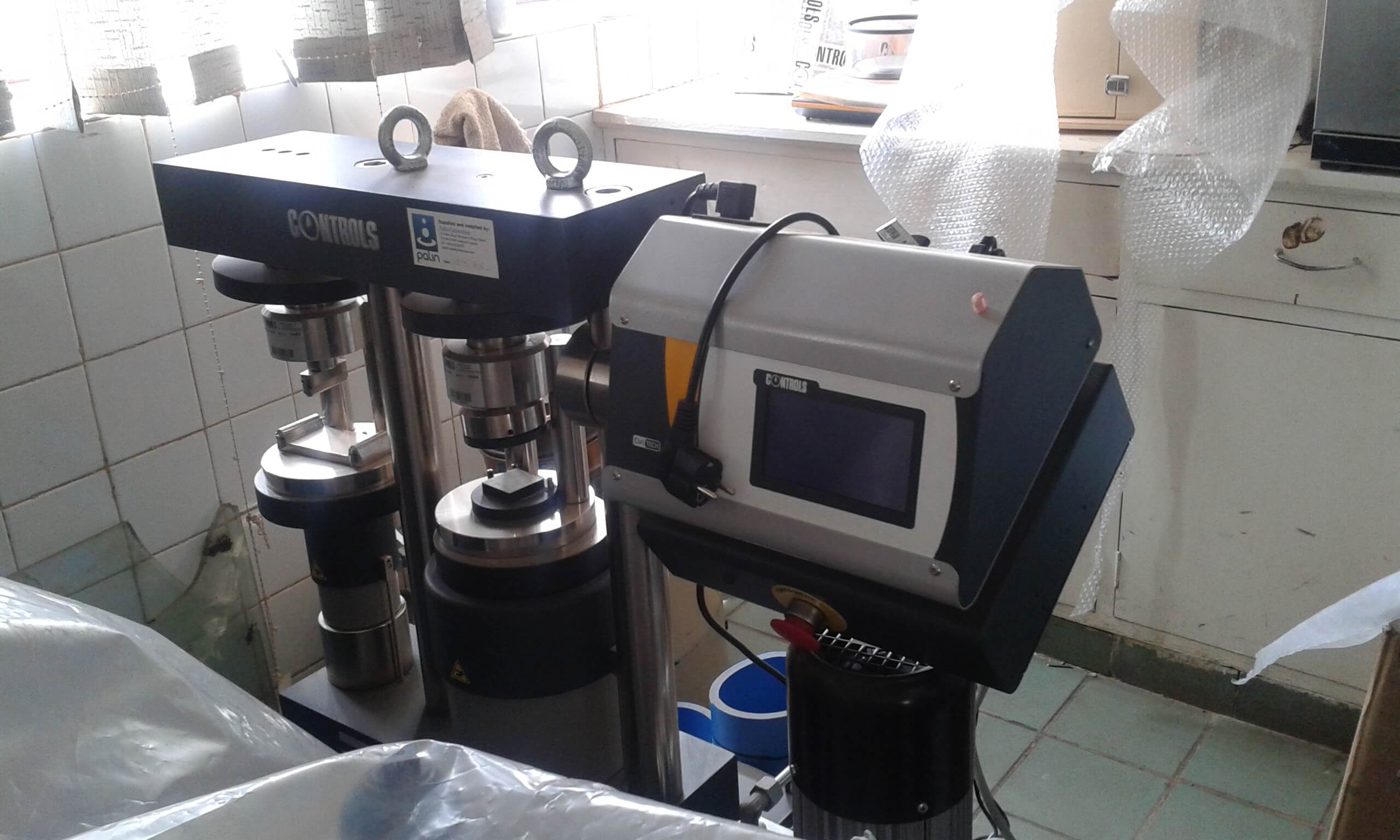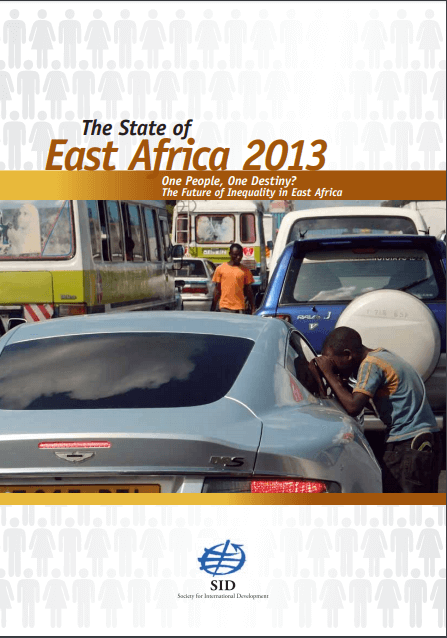[vc_row][vc_column][custom_inner_menus select_menu="project"][/vc_column][/vc_row][vc_row][vc_column][single_project_block_1 heading="Mombasa Port Resilient Infrastructure Programme" implementor="Kenya Ports Authority" target_group="Mombasa Port Users and Stakeholders" project_value="US$ 36,340,000" implementation_period="2016 - 2018" download_btn_text="Download Project PDF" download_btn_link="#url"]The 2012-2016 Kenya Ports Authority / TradeMark EA Mombasa Port Programme committed to support improvements (particularly mitigation and adaptation to climate impacts) at the port, including preparation of a Green Port Policy. That study, now complete, assessed the impact of port operations on factors such as greenhouse gas emissions, air, water and soil quality, noise and sound by vessels, smoke emitted by ships, waste management, oil spill, marine pollution, energy consumption and utilization, natural resources, wildlife and marine conservation as well as impact on local communities. The output of this exercise informed KPA and other stakeholders in developing a Green Port Policy and an associated implementation plan to support the transformation of the port into a modern and competitive regional hub. The action plan implemented, will reduce operating costs to Kenya Ports Authority and port users, improve labor productivity, minimize accidents, improve health and safety of the workforce, and enhance environmental quality for the port and its surroundings.[/single_project_block_1][/vc_column][/vc_row][vc_row el_id="desired-result"][vc_column][single_project_block_2 heading="Desired Results" image_1="42672" image_2="42670"]Kenya Ports Authority increases capacity and improves efficiency in handling of cargo and ships for bulk shipping & transport sector.[/single_project_block_2][/vc_column][/vc_row][vc_row el_id="project-insight"][vc_column][project_single_ele_3_container heading="More Project Insights." sub_heading="Projects Highlights From A Glance" slide_1="info access for 20 crops & over five breeds of livestock" slide_2="info access for 20 crops & over five breeds of livestock" slide_3="info access for 20 crops & over five breeds of livestock"][single_project_content] Development of Resilient...





















